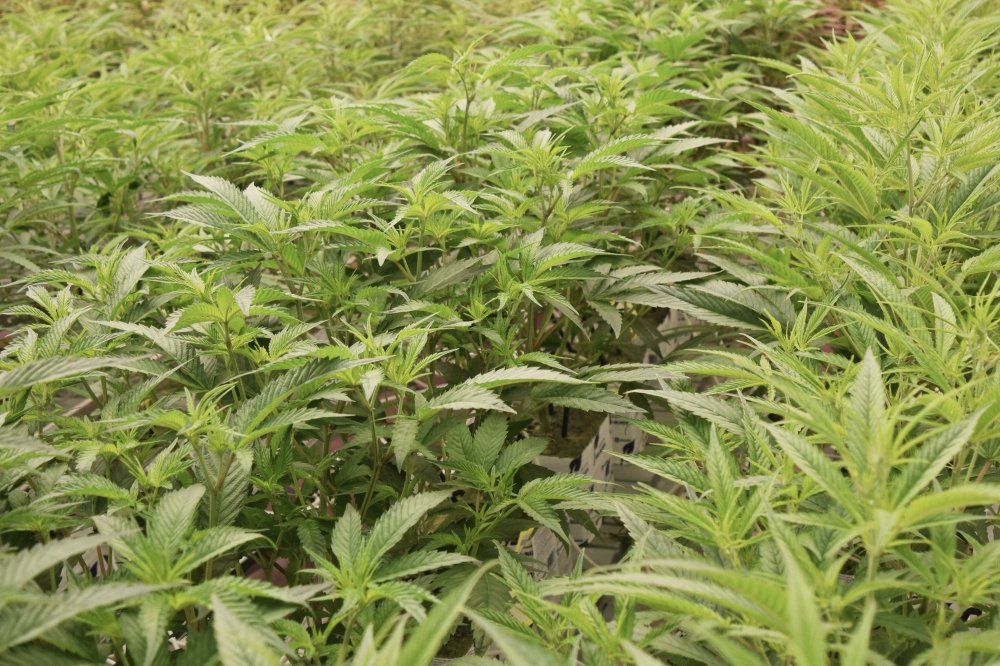Colorado is facing significant budget challenges, raising questions about the effectiveness of its legal marijuana tax revenue in addressing funding needs. With a state budget of approximately $40.5 billion, the funds collected from legal cannabis fall short, contributing only about 0.6 percent to the overall budget.
In the last fiscal year, marijuana taxes generated $248 million for the state. This amount includes a 15 percent excise tax paid by retail stores on wholesale cannabis and an additional 15 percent sales tax paid by consumers. However, this revenue does not come close to covering the state’s current $1.2 billion budget shortfall, which is nearly five times the amount generated from marijuana taxes.
Despite the shortfall, cannabis tax revenue is allocated to several important areas. In the last budget cycle, 53 percent of the funds went into the Marijuana Cash Fund, which supports programs related to mental health, substance abuse, affordable housing, and court services. Additionally, 28 percent was designated for education and school construction, while 11 percent contributed to the General Fund for discretionary spending, and 8 percent was distributed to local governments.
However, the outlook for marijuana tax revenue is not promising. Tax collections from the cannabis industry have fallen over 40 percent since peaking during the COVID-19 pandemic. An issue brief from Colorado’s nonpartisan budget staff indicates that this trend is not unique to Colorado; states like California, Washington, and Arizona are also expected to see declines in marijuana revenue.
Analysts attribute this decline to increased competition as more states legalize cannabis and the rise of internet sales of intoxicating hemp products, which exploit a loophole in the current Farm Bill. This competition is impacting the revenue streams that support critical programs, suggesting that future budget cuts may affect how marijuana tax money is allocated to areas like school construction and local government services. Lawmakers are preparing to reevaluate the distribution of these funds as the budget challenges continue.




